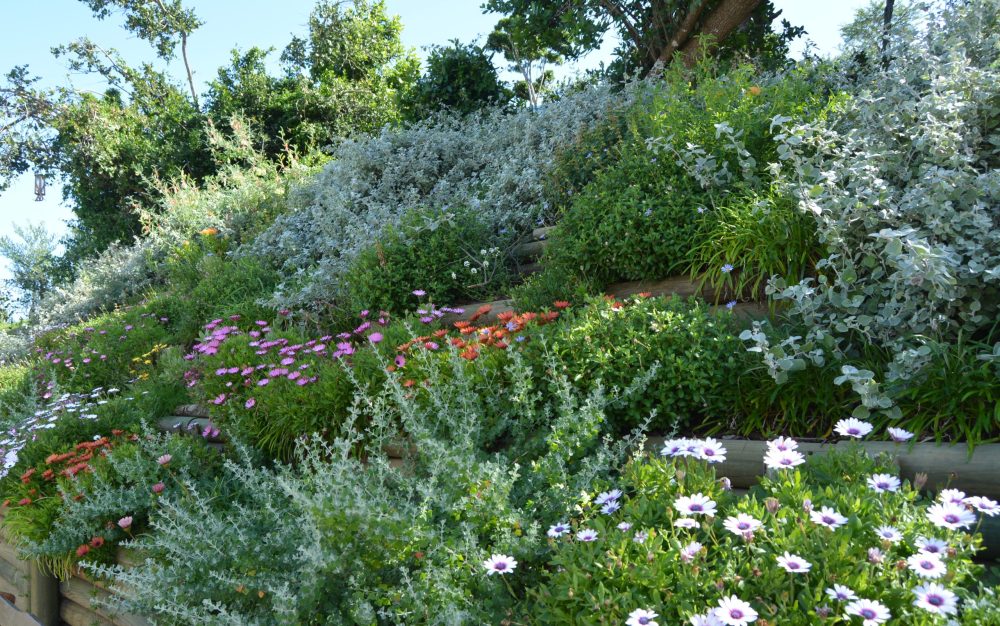The fact that Sardinia Bay Golf & Wildlife Estate falls in the heart of a forest thicket region makes it a treasure trove of riches for lovers of indigenous flora.
Sards’ resident “botanist” Nina Robertson said even modest rains would cause some thicket species to flower, offering spectacular colours on the Gqeberha property year-round.
The most prolific indigenous species on the property is the sweet thorn (Acacia karroo), which is known to inhabit dense thickets in the south of the country.
Robertson said it was considered one of South Africa’s most useful and beautiful trees.
The masses of yellow pompon flowers that appear in early summer are famous producers of nectar and pollen, attracting insects in droves.
“The leaves, flowers and pods are a food source for game and the tree is considered an indicator of sweet veld, an area abundant with nutritious and palatable grass,” she said.

Both people and animals eat the sweetish-tasting gum.
The plant has a long list of medicinal and traditional functions in SA – everything from early naturalists using the thorns to pin collected insects to raft-making.
The small knobwood (Zanthoxylum capense) was another favourite at Sards, Robertson said.
“It too has a range of different uses and has a fascinating history. Nearly all parts of the tree have been included in traditional medicines for centuries.”
She explained that leaf, fruit and bark infusions were used to treat gastric and intestinal problems, fever, colds and epilepsy.
Powder from the pulverised roots is good for cases of blood poisoning and remedies skin infections, while the roots and leaves are also found in traditional snake-bite antidotes.
Contact me please
Among the other standouts on the 100-hectre estate are the Karoo boer-bean (Schotia afra), common bush-cherry (Maerua cafra) and crossberry (Grewia occidentalis).
These species were five-star dining for Sards’ myriad bird species on account of their nectar, Robertson explained.
“The crossberry is a beautiful small tree that produces starry pink flowers, followed by small four-lobed edible fruits that birds like mousebirds, bulbuls, black collared barbets and Cape weaver enjoy.”
Larvae of Rufous-winged elfin and buff-tipped skipper butterflies feast on the leaves while its sweet fruit is also widely eaten in Africa.
“For example, if they are boiled in milk, a delicious milkshake is made,” Robertson said.
Other species on the estate include the white milkwood (Sideroxylon inerme), Uitenhage aloe (Aloe Africana), Cape date (Canthium inerme), bush asparagus (Asparagus africanus), forest num-num (Carissa bispinosa), horsewood (Clausina anisate) and cat thorn (Scutia myrtina).
The beauty of these plants is that they require no maintenance as they are acclimatised to periods of drought and heavy rains and even comfortable in Gqeberha’s notorious wind.
Because the golf and wildlife estate has been developed in a conservation area, the Eastern Cape government insists that flora is kept in pristine indigenous condition.
“For this reason, we have an estate permissible list of plants indigenous to this area and this has to be strictly adhered to,” the green-fingered Robertson said.
Naturally, the estate management and residents are also on a mission to eradicate invasives such as the rooikrans (Acacia cyclops).
